The abbreviation DIY stands for do it yourself. This acronym appeared back in the 1950s. It meant that everyone has the opportunity to repair or even collect things on their own, without resorting to the services of specialists. Specialized magazines appeared that talk about how to fix a TV or porch with your own hands.
In the 1980s, American punk culture elevated DIY to the status of the idea of independence of people from large companies, corporations, factories, record companies. A subculture has emerged that does not focus on society with its mass-produced goods. Adherents of DIY culture appreciated individuality and the ability to create things with their own hands. Including high-tech devices.
Today, DIY projects are the universal practice of not just fixing things at home, but implementing creative ideas not just for the benefit but for the purpose of disseminating knowledge and skills. Therefore, the Internet is full of stories and schemes for the construction of a 3D printer at home or an innovative greenhouse for growing vegetables.
But, DIY is probably one of the main causes of injuries at home! 82% of men have already had an accident when they were doing at home. If DIY is a hobby for some, that does not prevent taking some safety measures so as not to injure yourself or those around you. Today, we will present you essential safety gear and rules to follow so DIY at home be safe for you.
Essential safety gear
1. Safety goggles
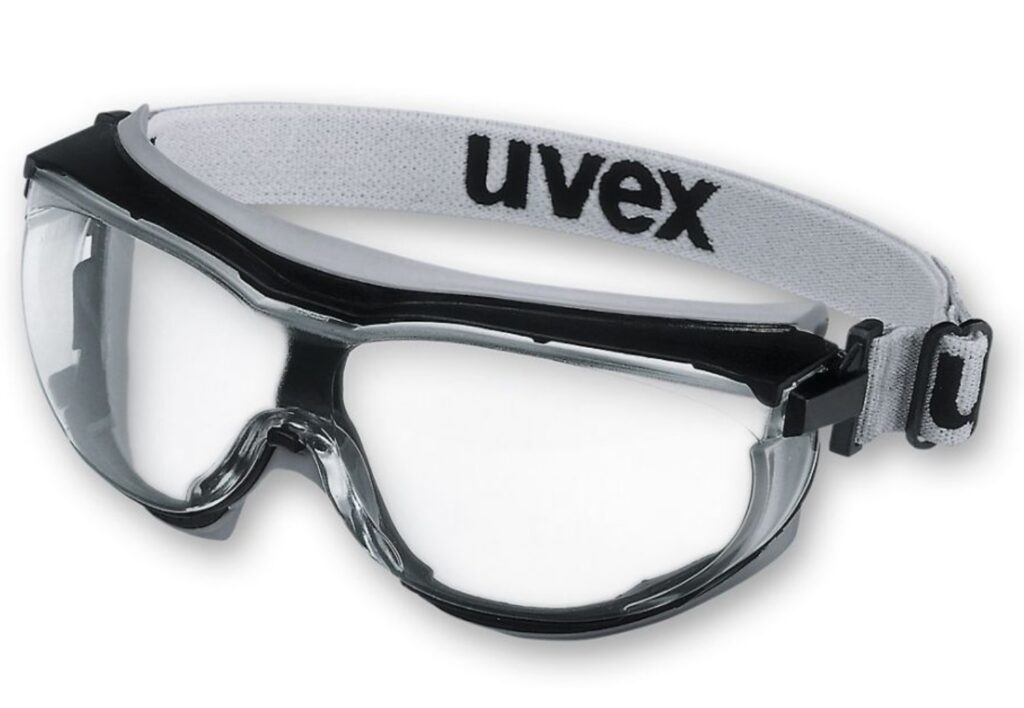
We must first protect our eyes because they are the most sensitive. Every project is potentially dangerous because of things like debris or dust that can hurt us. That’s why safety goggles are a must have.
2. Gloves

Then it’s the gloves’ turn. Our hands are the first to come in contact with tools and everything else and that is why we must protect them. There are countless possibilities for injury such as a cut or spillage of a toxic substance, as well as much more serious things that can permanently disable you.
3. Ear protection
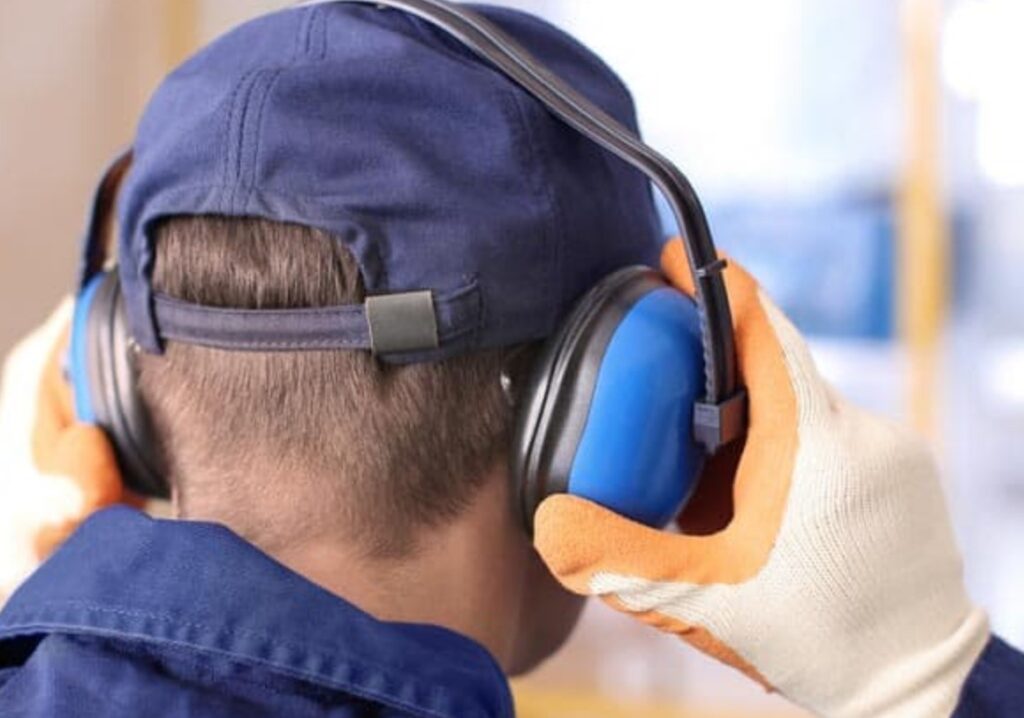
If you work with loud machines, then you also need this piece of equipment protection.
4. Work boots
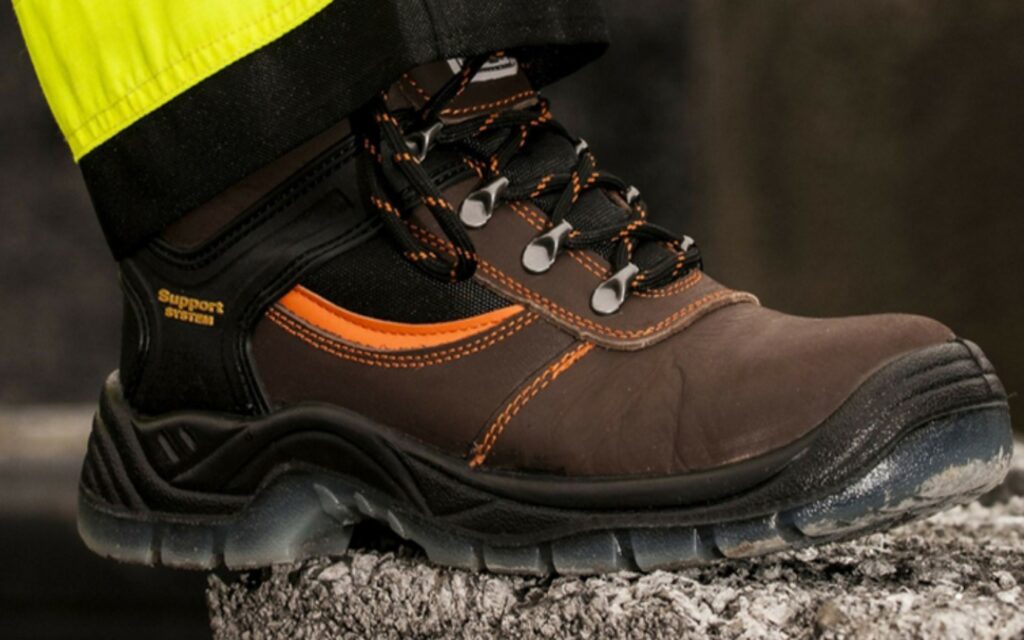
Many make mistakes and do DIY in shoes which are not intended for it. That is a big mistake. You can step on a nail or something hard can fall on your leg. Boots with metal reinforcements are must have.
5. Fire extinguisher
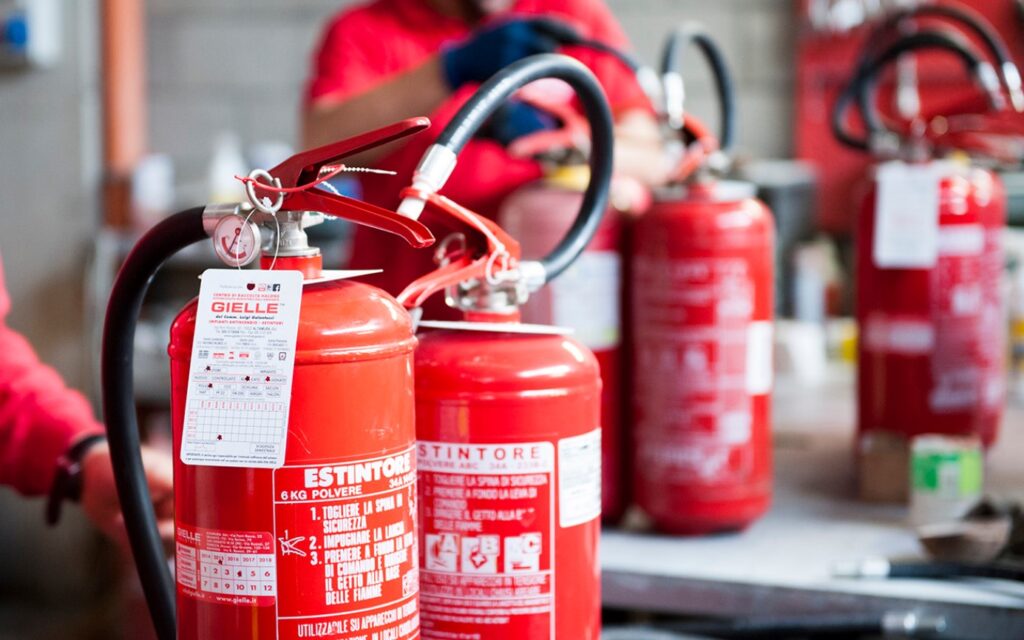
While this would certainly not be the first thing you would remember when you saw title of our aticle, it is important that you have one. Both because of DIY projects and because of everyday life. It can always happen that a fire breaks out while you are doing some work and that is why it is good to have a fire extinguisher.
6. Helmet
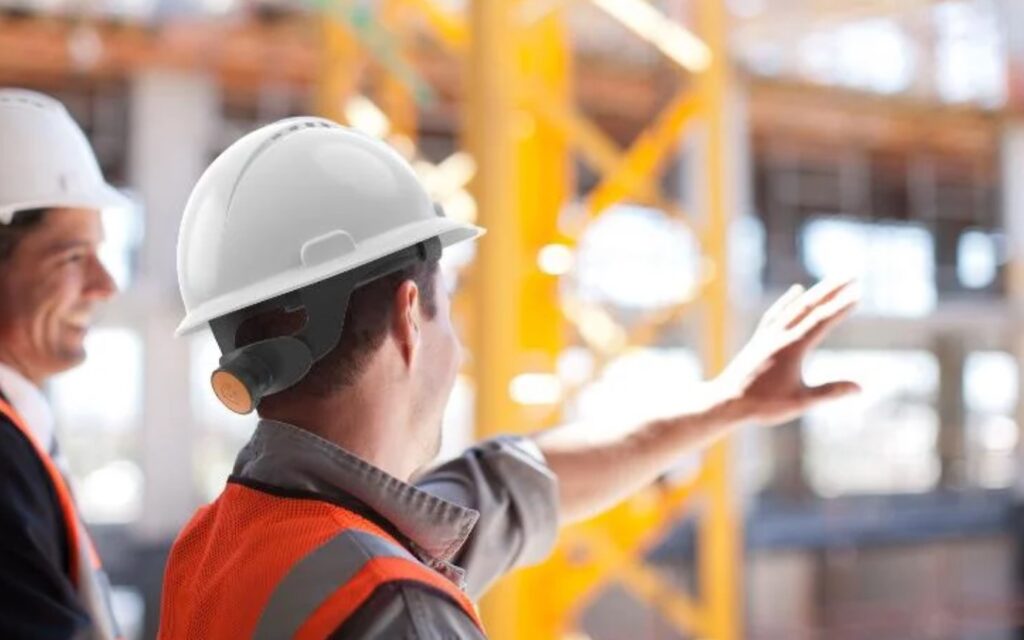
As you know, everyone is required to wear a helmet at every construction site. You should follow the same rules if you are doing something over your head. Modern helmets are no longer as heavy and uncomfortable as they used to be, so you make excuses not to wear them.
7. Welding helmet
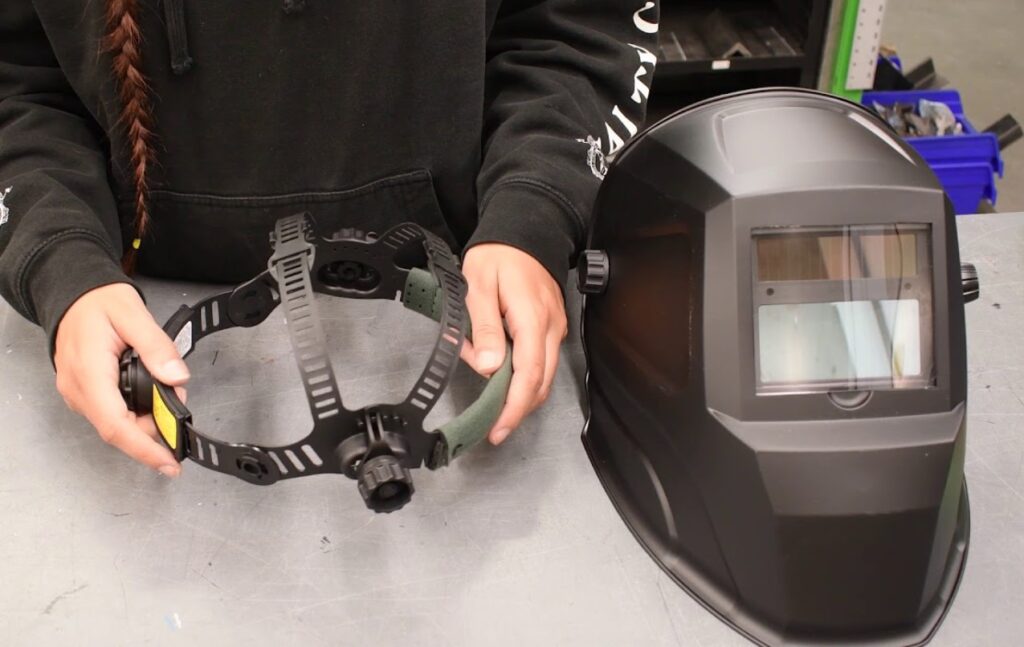
If welding is part of your DIY, then it is mandatory to have a welding helmet. Without it, your eyes will be damaged and you could be seriously injured. There are various models. It varies in size, degree of protection from UV rays, as well as IR. If you can’t decide which one to buy, visit The Sized and read the best welding helmets reviews.
Safety Rules to follow
Be in good shape
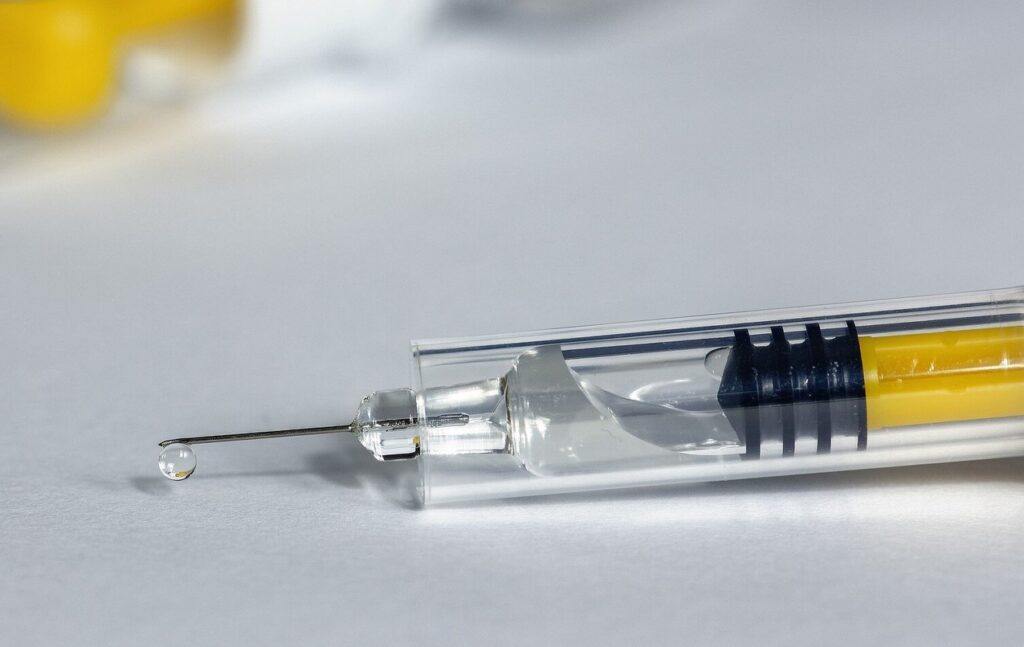
DIY requires some attention, especially when handling dangerous tools. Your concentration should be at its maximum, so avoid going to work if you feel tired or in a bad mood. It is in these moments that an unfortunate mistake or gesture can be made.
Note: it may also be necessary to check that your vaccines are up to date, in particular the tetanus vaccine which will be very useful in the event of a cut with a slightly rusty tool.
Prepare your workspace
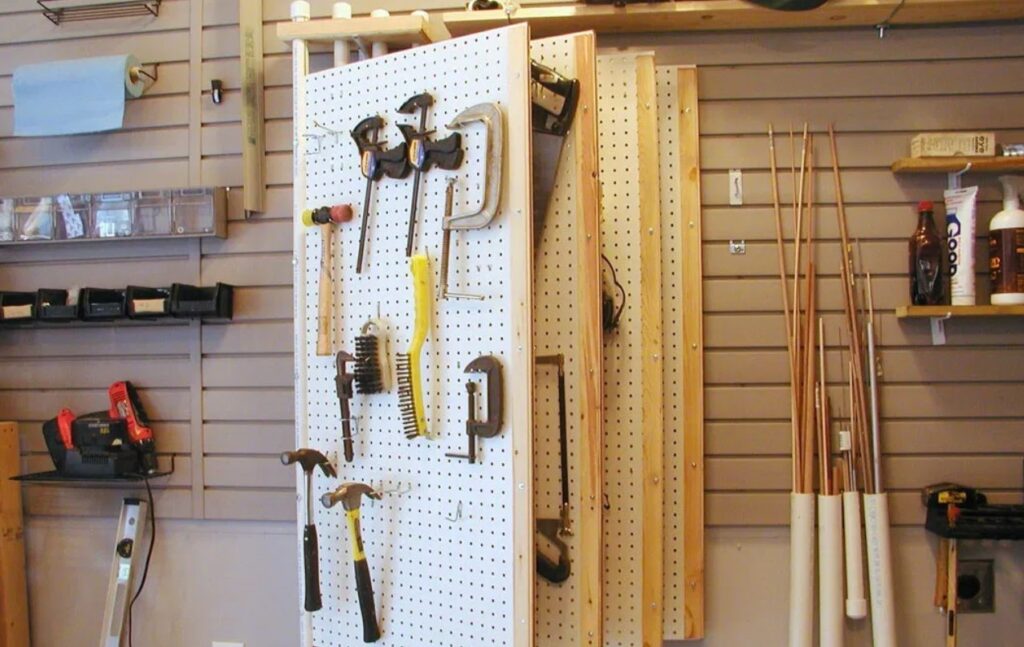
First of all, don’t do anything in your living room and plan a dedicated space. Install a workbench in the cellar or in the garage for more security. The most important thing is above all to work in an airy and well-lit place. When you start a new work, it is also mandatory that everything is put away. There should be no tools lying around or objects that will not serve you. Install wall panels for tool storage, shelves and boxes under your workbench. Your work plan must be constantly cleared away.
Read the instructions
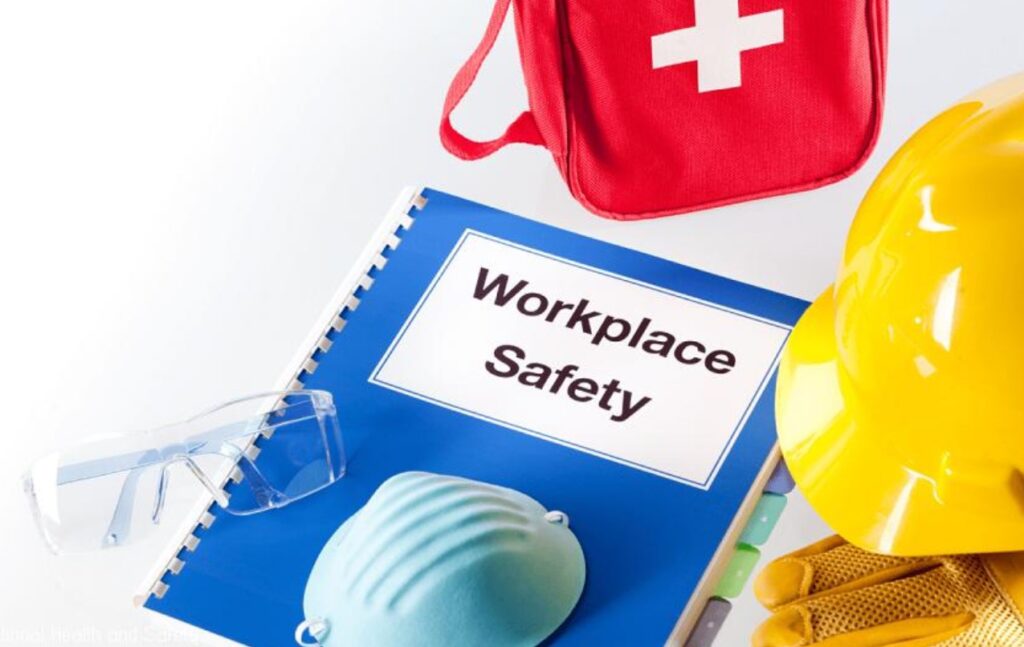
If you buy a new complex tool or device and are not used to using it, get advice from a salesperson. He will explain how it works and the safety measures to take when using it. It is also recommended to read the user manual carefully before using it!
Maintain and check your tools
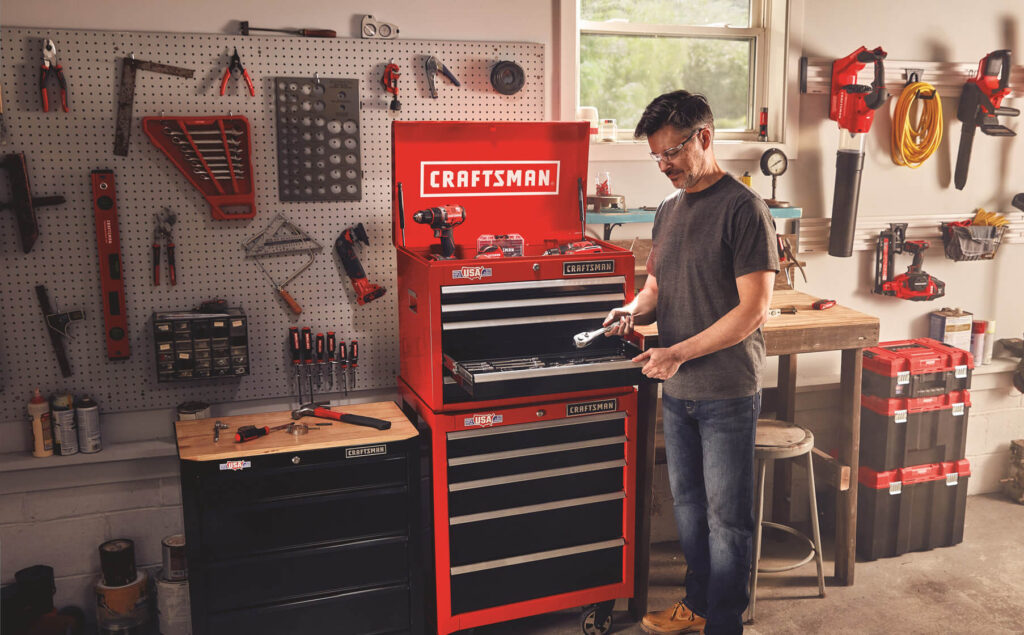
Each of your tools requires regular maintenance. Tools in poor condition can become truly dangerous when in use. For cutting equipment such as saws, it is recommended to clean them regularly and to oil them to avoid rust. By storing them, you can also protect the blade with a cloth. For handle tools such as hammers, constantly check the strength of the handle heads and tighten the retaining screws. If you clean your tools, it is imperative to dry them well and put them away to prevent rust. When using one of them, examine their condition. If you spot a defect, avoid using it.
Beware of chemicals
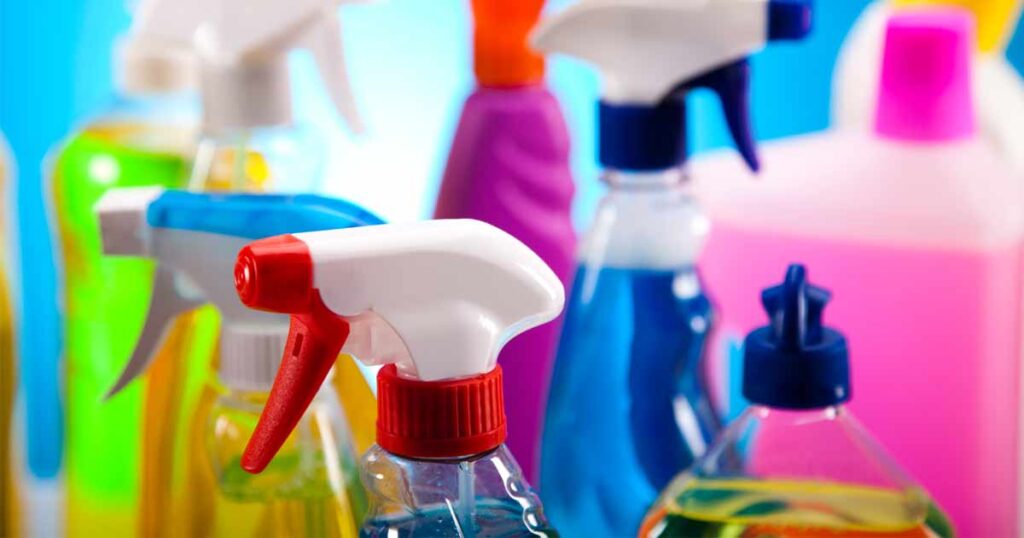
Do you have breathing problems, allergies, asthma or are you pregnant? Chemicals are extremely dangerous for you! Before using them, read the recommendations on the package leaflet carefully and make sure you are not at risk. In all cases, it is mandatory to wear a mask to use them. If you are working indoors, ventilate your room and go outside for regular breaks.
Keep your loved ones away
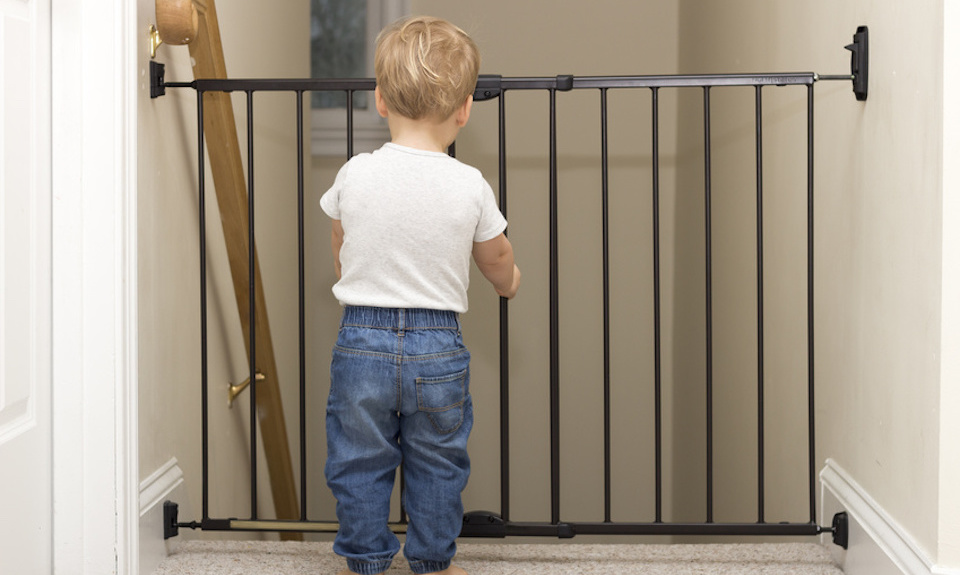
The room which you use as a workshop must be prohibited for any public and ESPECIALLY for children. There should be no continuous comings and goings between your legs while you are handling hazardous material. Pets are probably the most dangerous. If you risk injuring yourself, you also risk injuring others. So get into the habit of closing your door or putting up a security barrier.
Conclusion:
We have listed the most important equipment you must have, as well as the rules you must follow. Of course there are many more pieces of equipment you can have and it is also a good choice to wear protective clothing or at least clothes with long sleeves. Keep as few body parts as possible naked.





